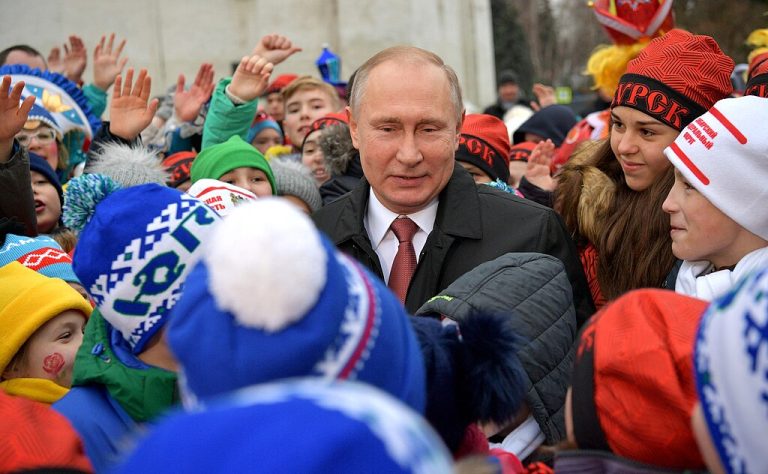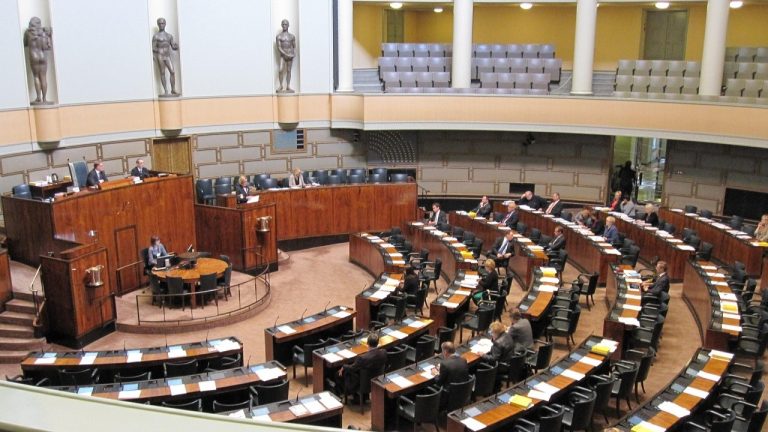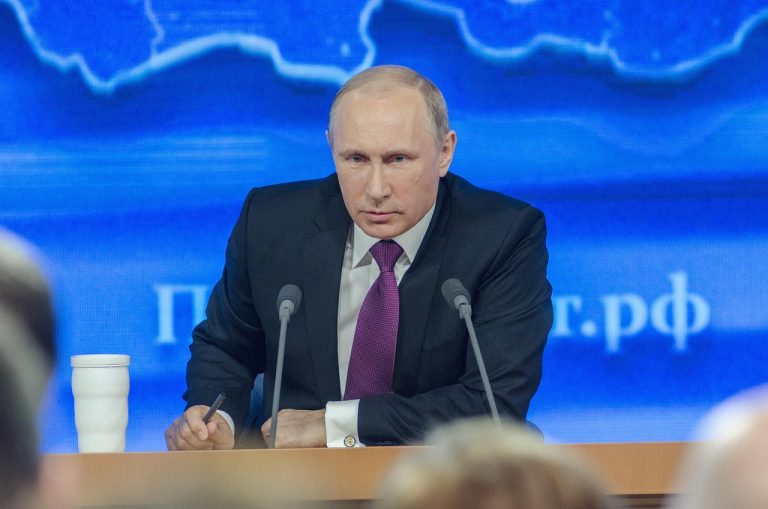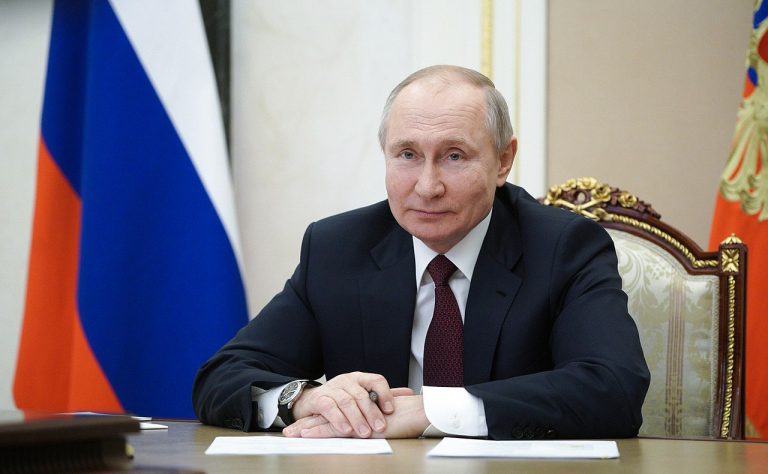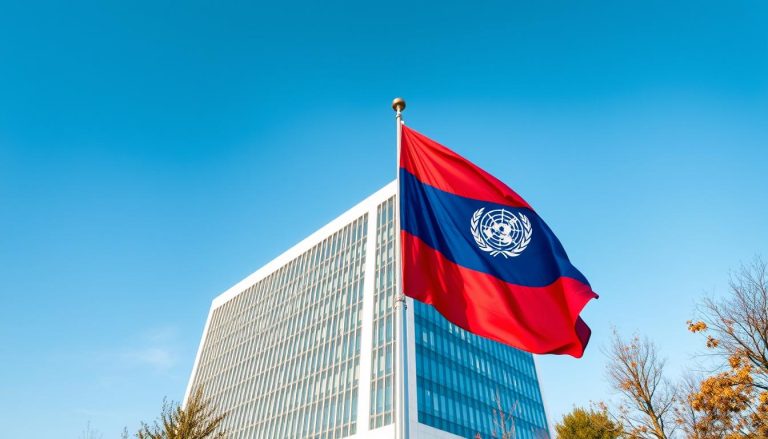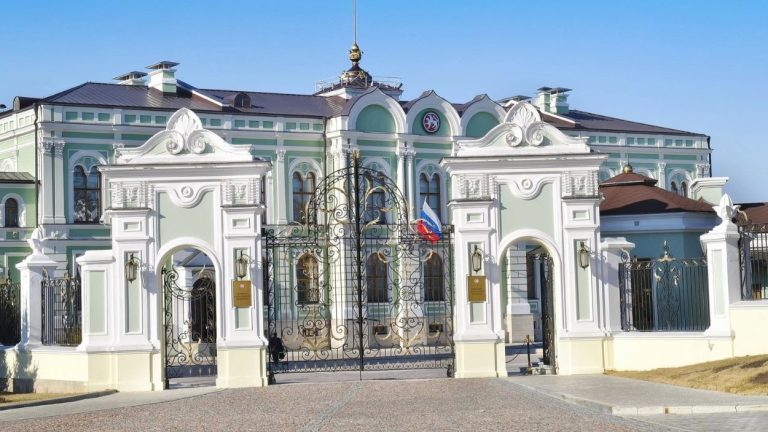Vladimir Putin, 72, has ruled Russia for 25 years. A July 2024 survey by Radio Free Europe/Radio Liberty showed experts’ views. Forty percent believe he will remain in office until his death, while 23 percent expect a palace coup. Only three percent think he would leave voluntarily.
The need for a next Russian president grows as Russia faces military and economic challenges. The Ukraine conflict has cost 900,000 Russian lives without achieving goals. Russia’s economy is struggling with nine percent inflation and 23 percent interest rates.
Putin has a list of possible successors but won’t share their names. The putin successor question is vital as the regime faces big challenges. Failed military campaigns often lead to leadership changes in authoritarian states, making Russia’s future uncertain.
Russia’s Leadership Landscape in 2025
Moscow’s power dynamics show a paradox: absolute control built on unstable factional competition. The question of who will take over from putin is left unanswered, even as his system’s weaknesses grow clearer. Putin’s role as the balance between competing powers creates a succession crisis that could change Russia’s future.
The current regime is divided among several rival clans. Former KGB colleagues, personal associates from St. Petersburg, and security service veterans compete for resources and power.
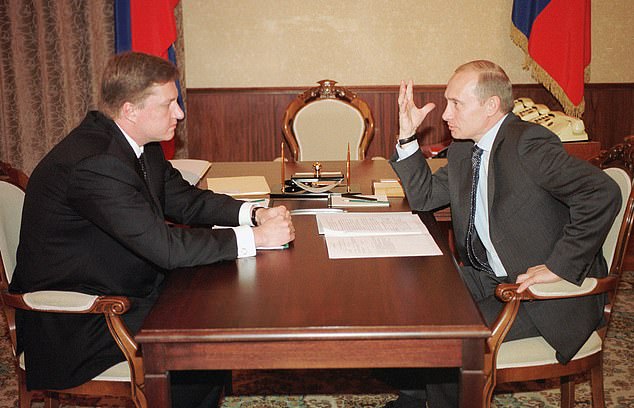
Putin’s Consolidation Strategy and the Succession Imperative
Putin keeps control through a complex patronage system. The siloviki—security service veterans—form one group. Oligarchs with personal connections to Putin make up another. Regional governors and ministerial appointees are part of different factions.
Each group tries to gain an advantage. Putin decides their conflicts, giving concessions to keep the peace. His presence is absolute to stopping factional wars.
The system’s instability poses strategic risks. If Putin were to die suddenly, the balance would collapse into open competition. There’s no smooth way to transfer power among these rival groups.
Recent events show how vulnerable the system is. The Prigozhin mutiny in 2023 showed how quickly challenges can arise when Moscow seems weak. Similar challenges could happen if Putin’s grip weakens.
The Ukraine conflict makes succession planning urgent. By March 2025, even supportive international actors showed patience limits. Trump refused to back down on Ukraine aid, and the peace process is failing, leading to isolation.
Constitutional Engineering and Kremlin Ambiguity
The Kremlin keeps plans about russian leadership after putin unclear. Putin has hinted at successor candidates without naming them or setting a timeline.
The 2020 constitutional amendments offer clues about transition mechanisms. These changes gave the State Council constitutional status and authority over policy directions.
This change allows Putin to step down from the presidency while keeping control. He could lead the State Council, setting strategic directions while a subordinate president handles day-to-day tasks.
Putin’s past influences his view on succession. He learned from a smooth transition in 1999 when Yeltsin appointed him. By strengthening the State Council, Putin set up a way to influence policy beyond the presidency.
Experts believe Putin’s self-image could help in planning his succession. He sees himself as a transformative leader like Ivan the Terrible and Peter the Great.
Yet, there’s a lot of uncertainty. The Kremlin hasn’t named any successors or set a timeline. This silence shows Putin’s desire to keep his dominance and the complexity of managing factional expectations.
The leadership question is in strategic limbo. Putin must address succession to avoid chaos, but revealing too early could trigger instability. Naming a successor would immediately spark competition among elites, risking instability.
Who Will Replace Putin: Leading Candidates for Russia’s Presidency
Russia is looking at a few candidates to take over Putin’s role. These putin replacement candidates have built trust in the Kremlin. They have different strengths and weaknesses.
The candidates show Putin’s choice criteria. They have security experience, crisis management skills, and agree with Putin’s views. Knowing who will take Putin’s place involves looking at both official roles and informal power.
Mikhail Mishustin: The Technocrat Prime Minister
Mikhail Mishustin, 59, is seen as a top contender. He has economic skills and a good position in the government. But, he faces big challenges from the security group in the Kremlin.
Background and Path to Prime Minister
Mishustin is different from usual next russian president candidates. He’s an economist who worked in tax before becoming prime minister. He’s known for improving tax systems. As prime minister, Mishustin could become president if Putin leaves early.
Why He’s Positioned as Putin Successor
Mishustin is good at managing the economy, even with sanctions. His focus on keeping the economy stable appeals to business leaders.
His strengths include:
- Constitutional positioning as automatic interim president
- Proven economic management through sanctions implementation
- Administrative competence from tax service modernization
- Low public profile that avoids antagonizing rival factions
Weaknesses in His Candidacy
Mishustin’s background in economics is both a plus and a minus. He doesn’t have experience in the security services. This makes him less appealing to the powerful security officials.
He’s not well-known to the public. To win support, he needs to become more visible. Mishustin opposed Putin’s Ukraine invasion. His opposition to Ukraine invasion might also make hardliners wary.
Sergei Shoigu: Defense Minister and Loyalist
Sergei Shoigu was once a top contender. But, being replaced by Andrei Belousov in May 2024 has hurt his chances. His new role in the Security Council seems like a step back.
Military Career and Public Popularity
Shoigu is well-known for his military work. He’s been Defense Minister for over a decade. His efforts in Crimea and Syria have made him popular.
His military successes have boosted his image. He’s one of the most recognized figures in Russia, after Putin.
Recent Setbacks and Future Prospects
The Ukraine conflict has damaged Shoigu’s chances. Military failures have shown weaknesses in his modernization efforts. His replacement by Belousov is a public rebuke.
Shoigu’s new role in the Security Council seems ceremonial. He got zero votes in a survey on Putin’s successor. This suggests he’s no longer in the running.
Nikolai Patrushev: The Security Hawk
Nikolai Patrushev, 73, is a prominent figure in Putin’s anti-Western views. He works behind the scenes but has recently been demoted. This shows even long-time insiders face uncertain futures.
FSB Legacy and Hardline Stance
Patrushev has a long history in security, including with Putin in Leningrad. He was FSB chief from 1999 to 2008 and then Security Council Secretary until May 2024. He’s been active in spreading conspiracy theories about Western intelligence.
Analyst Tatiana Stanovaya says Patrushev’s ideas shape Putin’s decisions. His hardline stance against the West defines the regime’s policies.
Influence Behind the Scenes
Despite his influence, Patrushev’s May 2024 demotion as Security Council Secretary suggests his power is waning. His new role is much smaller. Many see this as a sign his star is fading.
His son Dmitry is deputy prime minister, raising questions about succession. But, the younger Patrushev lacks his father’s experience and influence. It’s unclear if family ties will help him.
Alexei Dyumin and Younger Contenders
Alexei Dyumin, 52, is a strong contender. He’s loyal, has military experience, and was recently promoted. Intelligence services see him as a top candidate.
Dyumin’s qualifications include:
- Personal proximity through service as Putin’s bodyguard in the 1990s
- Military operations leadership during 2014 Crimea annexation, earning Hero of Russia distinction
- Crisis management through Wagner mutiny negotiations with Yevgeny Prigozhin
- Recent promotion to State Council Secretary in May 2024
His new role in May 2024 shows he’s being considered for the top job. This move comes as older contenders like Patrushev and Shoigu are sidelined.
Younger contenders include Defense Minister Andrei Belousov, who replaced Shoigu. Putin chose him for his budget skills over military experience. Sergei Kiriyenko oversees domestic politics but is not well-known.
Boris Kovalchuk, chairman of the Accounts Chamber, is another contender. He’s connected to Putin through family ties. But, like Mishustin, he lacks security experience.
The question of who will replace Putin depends on what Putin values most. It seems loyalty and crisis management skills, as seen in Dyumin, are more important than economic skills.
The Mechanisms Behind Russia’s Transition of Power
Power changes in Russia follow a secret plan. This plan is based on loyalty to the security services and agreements among the elite. The official rules are just a cover for the real power structures.
The real power is held by a small group of trusted insiders. They make the big decisions, not the official rules. This makes it hard to predict who will take over after Putin.
The Kremlin Succession Plan: Formal vs. Informal Rules
The Russian Constitution says who should take over if the president can’t do their job. The prime minister becomes the interim president. Elections must happen within three months.
But in Putin’s Russia, these rules don’t really matter. The kremlin succession plan works through secret channels. The real decision-makers are the security service leaders, regional bosses, and Putin’s closest advisors.
Putin made changes to the State Council in 2020. This could help him keep control even after he’s gone. It’s like what happens in Kazakhstan and other countries where the first leader stays powerful.
Even though there are official elections, the real decisions are made in secret. The chosen successor gets help from the media and the government. Anyone else running gets blocked, so the chosen one wins easily.
Role of the Siloviki and Security Apparatus
The siloviki are the heart of Putin’s power. They come from the KGB, FSB, GRU, and military intelligence. They hold important jobs in government and business.
Putin has put his old comrades in charge everywhere. They work together because of their past and shared interests. They stay loyal for career advancement and protection.
Even though they work together, there are disagreements. The FSB looks after the country, the GRU does foreign operations, and the National Guard is Putin’s personal guard. Putin keeps them all in line by moving people around and making sure no one is too powerful.
Anyone who wants to be president must get the siloviki on their side. The security services can make sure things go their way. They want things to stay the same, so they support a smooth transition.
Elite Consensus and the Oligarch Factor
At first, the rich people in Russia had a lot of power. But Putin took control by going after them. He showed them what happens if they don’t do what he says.
Now, the rich people in Russia help the government. They run important businesses and help the government avoid sanctions. But they can’t do anything without the government’s permission.
Sanctions and the war in Ukraine have made things harder for the rich. They can’t move their money or travel easily. They don’t have the power to change who becomes president.
The real decisions are made by the security services and top officials. They control the important jobs and the military. The rich people can help with money, but they can’t decide who will be president.
Lessons from Putin’s Own Rise to Power
Putin’s rise to power shows how things will work in the future. He was chosen by Yeltsin and became president himself. This shows how the real power works, not just the official rules.
Yeltsin made Putin the head of the FSB in 1998. Then, Putin became prime minister in 1999. Yeltsin made it clear Putin was his choice, and Putin became president in 2000.
The kremlin succession plan is all about careful planning. It starts with choosing someone from the security services, then gives them more power. Putin’s own career shows how this works.
Now, people are talking about who will take over after Putin. Alexei Dyumin is seen as a possible candidate. He has a similar background to Putin and has been prepared for the job.
Dyumin has been moved around to different positions, just like Putin was before he became president. This shows how the next president will be chosen, not through official rules, but through careful planning.
Implications of Russian Leadership After Putin
When Putin steps down, it will shake things up worldwide. The question of who will take over from Putin affects many areas. This includes European energy security and nuclear arms control.
Different leaders could change Moscow’s role in the world. A technocrat might focus on the economy, while a hardliner could push for more conflict with the West.
The next leader will face big challenges. Russia is under sanctions, in a war, and relies on authoritarian partners. These issues might limit the new leader’s options.
Potential Policy Shifts in Foreign Relations
Mikhail Mishustin might want to end the Ukraine war and talk to the West. But, he could face opposition from within Russia.
Dmitry Kozak had a plan to avoid war with Ukraine, but Putin didn’t agree. This shows some in the Kremlin want peace, but Putin didn’t listen.
Nikolai Patrushev believes the West is plotting against Russia. He says “Washington and London are again conniving with Nazism and fascism” and “have no qualms about using Ukraine to set Europe or the entire world ablaze.”
Dmitry Medvedev now threatens to use nuclear weapons. He believes the Ukraine conflict “will last for a very long time. For decades, probably.”
Alexei Dyumin is a strong supporter of Putin’s aggressive policies. His rise would mean more of the same for Russia’s foreign policy.
Dealing with China will be tricky for the next leader. Russia’s growing dependence on China could be hard to manage.
- Energy exports to China have surged as European markets closed
- Military cooperation with Iran and North Korea has deepened
- Russia’s position in multilateral institutions has weakened considerably
- Traditional diplomatic channels with Western capitals remain frozen
Economic Direction and Sanctions Strategy
Russia’s economy is in trouble, with high inflation and interest rates. The next leader will have to make tough choices to fix this.
Technocrats might focus on the economy, trying to get sanctions lifted. But, the regime’s military plans could limit their options.
Sanctions have changed Russia’s economy. Reversing this would require big changes that Moscow might not want to make.
| Economic Challenge | Technocrat Approach | Hardliner Approach | Likely Outcome |
|---|---|---|---|
| High inflation and interest rates | Monetary tightening and fiscal discipline | State intervention and price controls | Continued economic deterioration without sanctions relief |
| Western sanctions isolation | Negotiate partial sanctions relief through diplomatic channels | Expand alternative partnerships with non-Western economies | Permanent reorientation toward authoritarian bloc |
| Military spending burden | Gradual reduction favoring civilian economy | Maintain or increase defense allocations | Defense spending remains politically untouchable |
| Capital flight and brain drain | Economic reforms to attract investment | Capital controls and exit restrictions | Accelerated emigration of skilled professionals |
Opposition figures like Mikhail Khodorkovsky are trying to unite against the war. But, their influence is limited due to repression.
What the Next Russian President Means for US Interests
The US is watching the Russian transition closely. The next leader could pose different challenges, from nuclear policy to cyber threats.
Arms control talks have faltered under Putin. A new leader might try to restore these talks, or not.
The US has little direct influence on the Russian succession. The Kremlin’s decisions are hard to predict, so Washington must prepare for all scenarios.
- Nuclear arsenal modernization continues regardless of leadership changes
- Cyber operations against US infrastructure likely persist under any successor
- Election interference capabilities remain intact within security services
- Energy geopolitics shift as Russia permanently loses European market share
- Arctic competition intensifies as climate change opens new strategic frontiers
The rivalry between the US and Russia seems set to continue. Whoever takes over will likely keep pushing against the West.
But, the way they do this could change. A technocrat might focus on economic competition, while a hardliner could escalate conflicts.
Regional Stability in Eastern Europe and Central Asia
NATO countries are worried about the Russian transition. They’ve built up their defenses, expecting Russia to keep pushing.
Ukraine’s future is uncertain. The next leader might choose to fight or negotiate, depending on their goals.
Belarus is another area of concern. A change in Moscow could affect Belarus’s relationship with Russia, which is critical for its stability.
In Central Asia, Russia’s influence is being challenged by China and Turkey. The region’s countries are balancing their relationships with various powers.
Weakness in Moscow could lead to more independence for Central Asian countries. Or, the new leader might try to show strength by being aggressive.
- Frozen conflicts in Moldova, Georgia, and Armenia remain possible flashpoints
- Energy transit routes through Central Asia face competing pressures
- Military bases in Tajikistan and Kyrgyzstan provide leverage but require resources
- Shanghai Cooperation Organization membership complicates regional dynamics
The post-Putin era brings both risks and chances for stability in the region. Leadership changes can be dangerous times for miscalculation or opportunism.
Eastern European countries need to be ready for anything. The early days of a new leader will be volatile, and they must prepare for all possibilities.
The region’s security will face big tests during this time. NATO, European defense spending, and security guarantees will all be under scrutiny.
Conclusion
The question of who will replace Putin is no longer just a guess. At 72, Putin is facing the reality of aging, something even powerful leaders can’t avoid. Russia’s power structure is based on clans, and a smooth transition is mandatory to avoid chaos.
Alexei Dyumin is seen as the top choice to take over from Putin. He has Putin’s trust, military experience, and has handled crises well. His rise to State Council Secretary in May 2024 shows he fits Putin’s vision for Russia.
But, there’s no clear answer yet. The way Putin’s successor is chosen is not clear. It could be a planned transition, sudden death, or even a coup. The war in Ukraine, sanctions, and economic troubles could also play a big role in who takes over.
For those who study politics, it’s important to look beyond who might replace Putin. The system Putin built limits what comes next but doesn’t decide everything. Russia’s secrets and power struggles make it hard to predict the future. Keeping a close eye on the Kremlin is crucial to predict political changes in the world.
FAQ
Who Is Most Likely to Replace Putin as Russia’s President?
Alexei Dyumin is seen as the top contender to take over from Putin. He has decades of trust with Putin, military experience, and crisis management skills. His recent promotion to State Council Secretary puts him in an advantageous position for succession.
What Happens If Putin Dies or Becomes Incapacitated Without a Clear Successor?
If Putin is unable to lead, Prime Minister Mikhail Mishustin would take over temporarily. Elections would need to be held within 90 days. But, Russia’s real power dynamics are based on informal agreements among security elites.
How Does the Kremlin Succession Plan Actually Work?
The Kremlin’s succession plan involves both formal rules and informal power dynamics. The constitution says the prime minister becomes interim president with elections in 90 days. Putin’s 2020 changes might also help manage the transition.
Why Does Russian Leadership After Putin Matter for International Security?
Russia’s next leader is important for global security because of its military power and nuclear arsenal. The new leader’s policies will affect issues like the Ukraine conflict, nuclear arms, and cyber operations. Their decisions could lead to more conflict or stability in the region.
Who Will Take Over From Putin If He Steps Down Voluntarily?
If Putin steps down, Alexei Dyumin is likely to take over. Putin has groomed Dyumin for the role, giving him advantageous positions. A managed transition would allow Putin to maintain influence while ensuring a smooth handover.
What Are Putin Replacement Candidates’ Positions on Economic Policy?
Putin’s successors have different views on economic policy, shaped by wartime mobilization and sanctions. Mikhail Mishustin and Andrei Belousov might focus on fiscal stability and modernizing the economy. They could aim to balance military spending with civilian needs.
How Transparent Is the Russian Transition of Power Process?
The Russian transition of power is opaque, hiding actual decision-making behind formalities and public messages. Putin has hinted at possible successors without revealing their names. This ambiguity helps maintain stability and Putin’s control.
